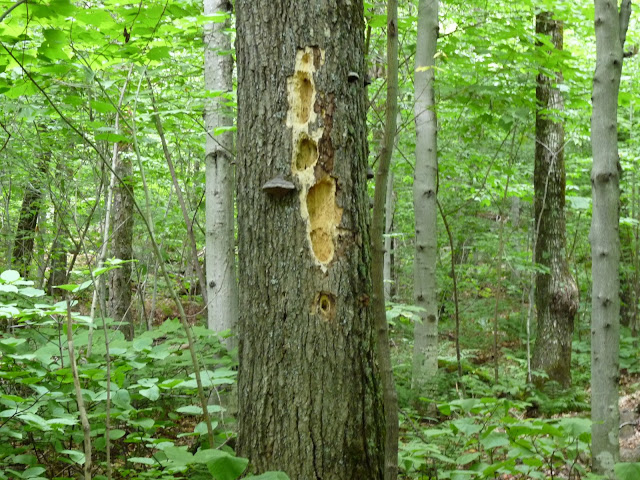A few days ago, while walking up Tripoli Road, I noticed a dead tree with serious scratch marks. Today I finally remembered to take my camera with me.

A closer look:

More pictures here.
Google led me to a Bear in the Woods blog post with a more extreme example.

A closer look:

More pictures here.
Google led me to a Bear in the Woods blog post with a more extreme example.


